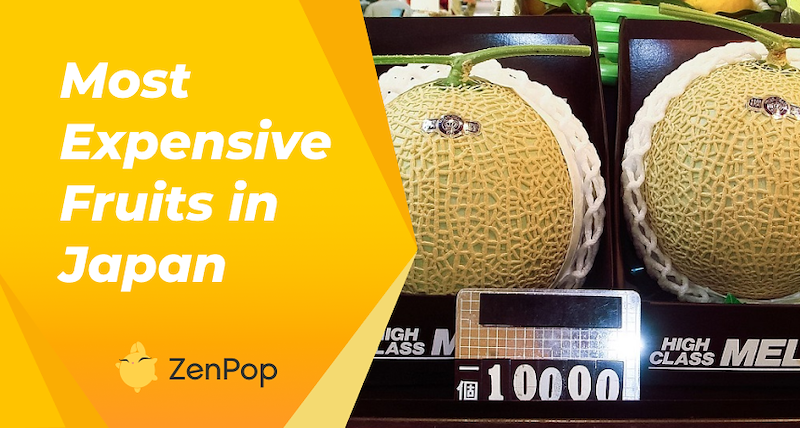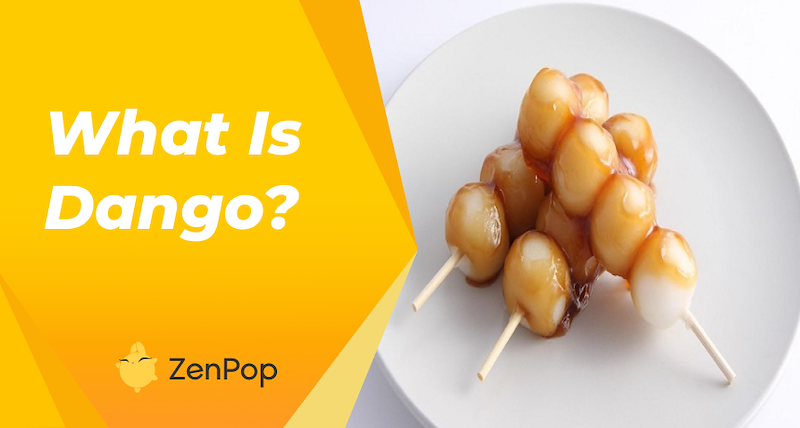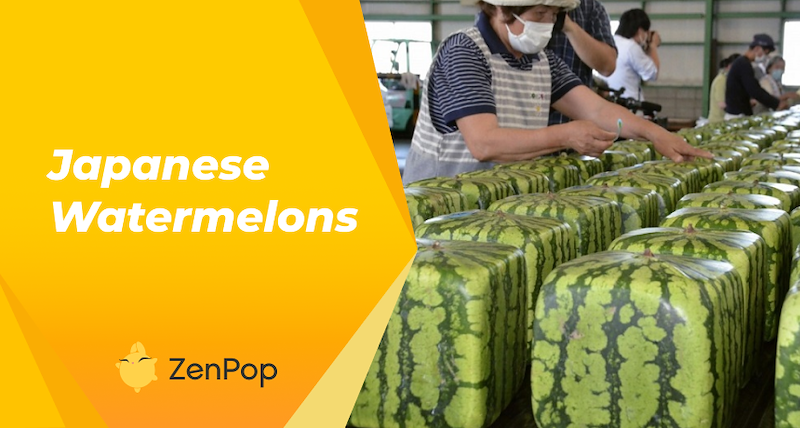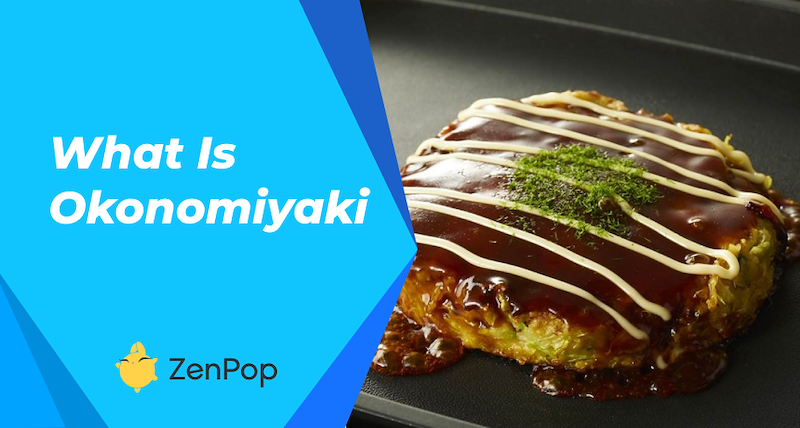
What is Okonomiyaki?
Let's talk about a yummy delicacy that is popular in Japan and soul food in Osaka. Okonomiyaki お好み焼き is a Japanese pancake-like delicacy with amazing toppings that brings together various flavors. It is made from wheat flour batter and a whole bunch of ingredients which can either be used as toppings or mixed with the batter and fried on a flat pan. If it sounds interesting already, that's because it is.
There are quite a number of ingredients that can be added to Okonomiyaki. You can even get creative and introduce your favorite ingredients. The usual ones include; cabbage, bacon, Tempura or seafood. One of the most popular toppings include Okonomiyaki sauce, aonori, bonito flakes, Japanese mayonnaise, and pickled ginger.
Where does Okonomiyaki come from?
Prior to World War II, okonomiyaki was created in Japan, where it later developed and gained popularity. Basic crepe-like pancakes have their earliest roots in the Edo era (1683–1868), when they were offered as a special dessert at Buddhist rites known as Funoyaki. Then, during the Meiji era (1868–1912), this developed into a sweeter dish known as Sukesoyaki.
The meal continued to change during the 1920s and 1930s, with increased focus placed on the sauces added and the usage of the name Yoshokuyaki. In Osaka, the term "okonomiyaki" first appeared in the late 1930s. A similar crepe-like delicacy that was topped with onions, folded over, and presented to kids as a snack was popular at the time in Hiroshima.
When rice became limited during the war and locals had to get creative with other ingredients that were more readily available, okonomiyaki, in its various varieties, started to become more popular. The straightforward wheat pancake was suitable, and people began to add additional items like eggs, meat, and cabbage both during and after the war. In 1946, a restaurant in Osaka asserts that it was the first to use mayonnaise.
What are the main types of Okonomiyaki?
There are two variants of this delicious and savory dish, one of them is the Hiroshima variant and the other one is the Kansai variant. These are places in Japan and the main difference is that the toppings and the batter are added differently, however, the concept of Okonomiyaki remains the same.
For the Hiroshima Okonomiyaki, the batter is fried and the ingredients like cabbages, meat, seafood and more are layered on top of the thin pancake. With the Kansai Okonomiyaki, most of the ingredients are mixed with the batter and fried, giving it a thicker crust, it is usually topped with sauce. There is also another variant of Okonomiyaki which is liquid based, and it is a popular delicacy in Tokyo. It is known as Monjayaki.
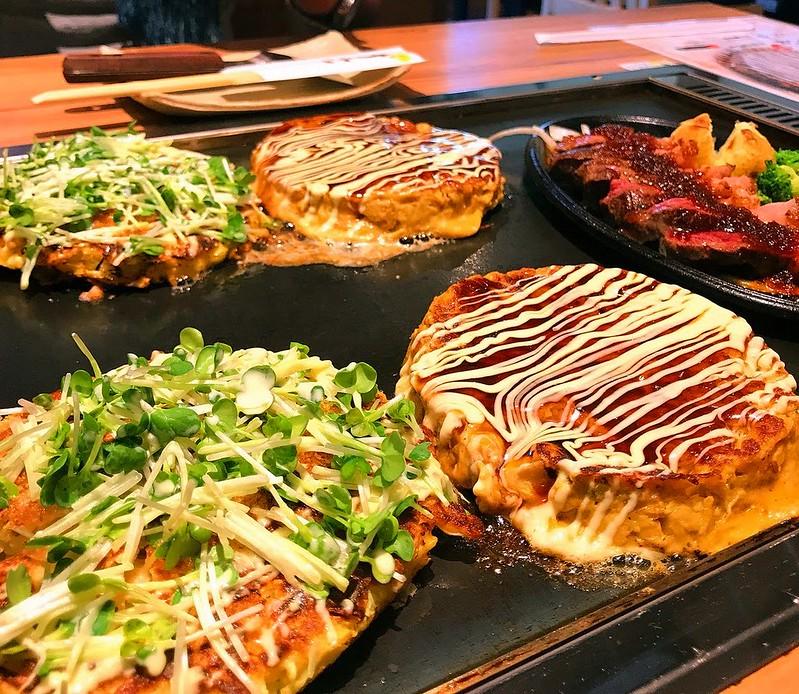
In English, Okonomiyaki can be translated to “As-you-like-it Pancake” the name is derived from “okonomi” which means “to one's taste” or “how you like it” and “yaki” which means “pan-fried”. Although it looks like a pancake, and is made from batter cooked on a griddle, it does not have the sweetness or fluffiness of pancakes, not to mention that it usually contains pork, octopus, shrimp, or kimchi. The best comparison that can be made to Okonomiyaki is pizza, since they both share a slight resemblance.
In Japan, the best place to enjoy Okonomiyaki is at a restaurant that has made the dish their specialty. Many of them exist and a number of these restaurants equip their dining table with an iron griddle (known as teppan) and customers are given the ingredients to prepare the dish themselves. Some of these restaurants give recipes as well.
How to make Okonomiyaki
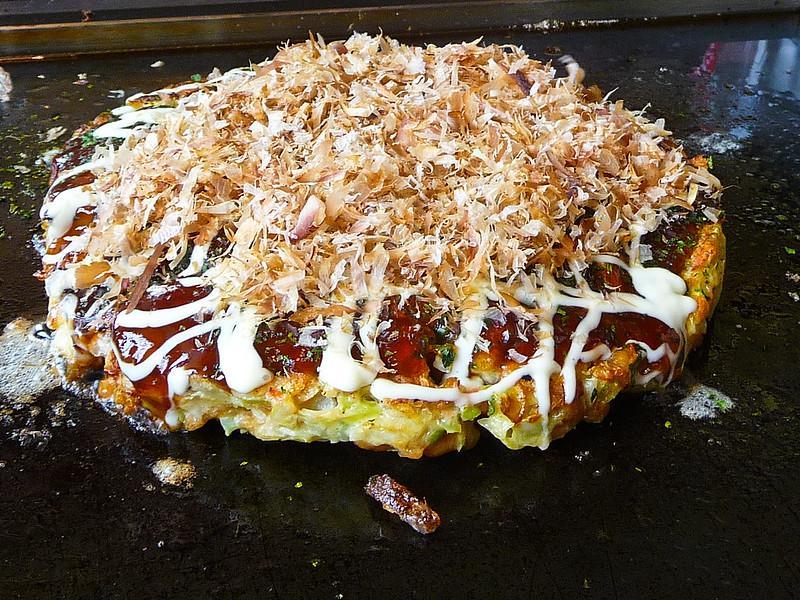
Okonomiyaki is a very adaptable dish. You can change up a lot of ingredients, and it can even become vegan-friendly. Let us talk about the basic ingredients needed to get started.
Okonomiyaki Ingredients
These are the ingredients that are needed to make Okonomiyaki. Not all of them can be found in the store, but you can skip some ingredients if you aren't particular about getting that Okonomiyaki taste.
- Japanese Mayo: this is optional, but most street vendors add a squirt of mayo for its flavor.
- Nagaimo/Yamaimo: this is a Japanese mountain yam that is grated and added to Okonomiyaki batter. Some experts advise that it should not be exempted from the ingredients.
- Bonito flakes
- Pinch of salt
- ¼ baking powder
- 4 Eggs
- Seaweed flakes/ Aonori
- 1 cup All purpose flour
- ¾ cup Dashi/ Dashi powder mixed with water
- Cabbage (minced)
- Okonomiyaki sauce: this is extremely important because it adds that extra dash of flavor.
- Bacon strips (use mushroom for vegetarian version)
- Spring onions
- Tempura
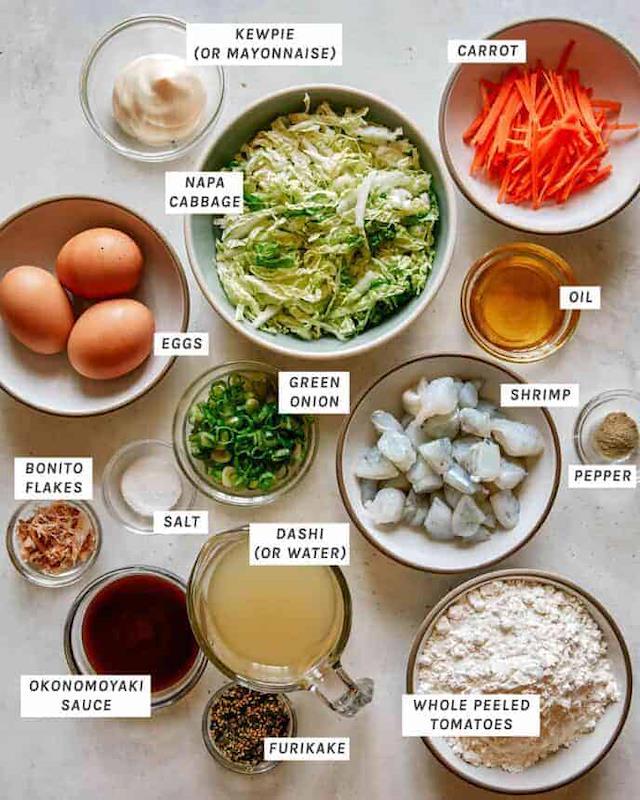
How to prepare Okonomiyaki step by step
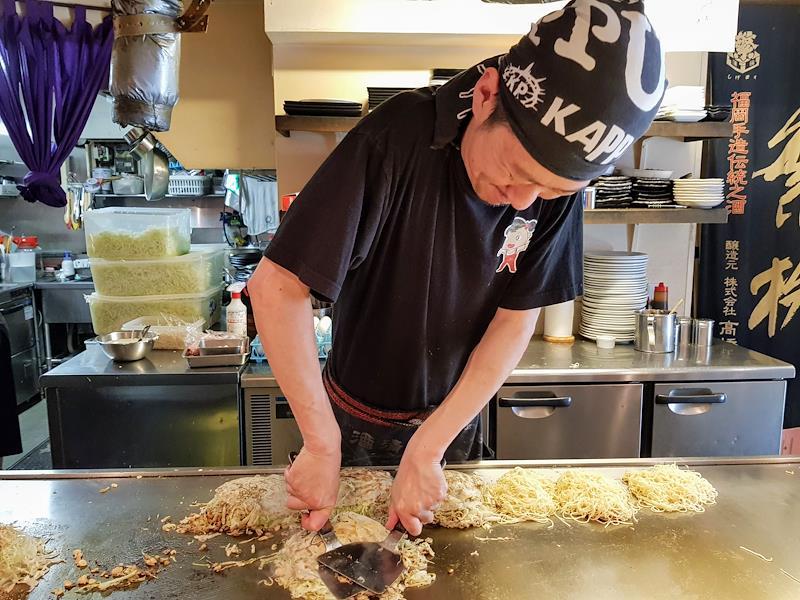
Take note that this is the Kansai style Okonomiyaki. To prepare the Hiroshima variant, do not mix in the ingredients with the batter, you will add them layer by layer instead. Before commencing the preparation of this sumptuous dish, do not forget to wash your hands.
- To make the batter, mix the dry ingredients first and set aside. Grate the yam, and mix the Dashi powder with warm water (or add ¾ cup of Dashi stock if available), add it to the dry ingredients and mix. Next, let the batter sit in the refrigerator for a while.
- During this time, you can slice the cabbage. If you want to use mushrooms, slice and fry them a little. If you are using bacon, squid or beef, cut it into strips and fry until it becomes crispy.
- Take out the batter from the refrigerator and pour the eggs and Tempura scraps and mix until smooth.
- Throw in the diced cabbage, sliced green onions, cooked bacon/mushroom/squid into the batter mixture. Stir and mix until the dry ingredients are coated by the batter. However, do not overmix. The aim is not to make it too runny. Also ensure that there is little or no batter liquid at the bottom of the bowl.
- Scoop the mixture onto a large frying pan and cook over medium heat. Cook each side for a few minutes, flipping the sides until it is slightly brown on both sides.
- Dish the freshly cooked Okonomiyaki into serving plates, then add a generous splash of Japanese mayonnaise and Okonomiyaki sauce. If you want to make your taste buds quiver in excitement, sprinkle some dried seaweed flakes, bonito flakes and some diced green onions to improve the taste.
How to make the perfect Okonomiyaki
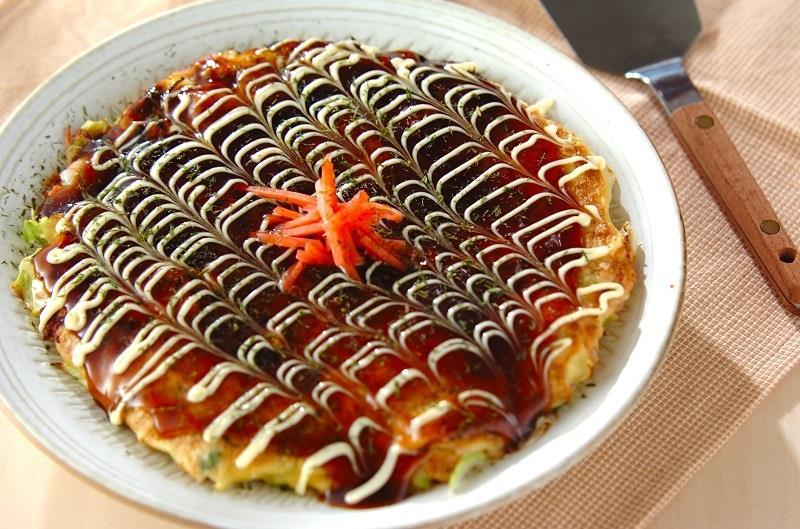
Whether you are using pork or bacon, make sure that they are thinly sliced so that they will cook very quickly.
If you don't want to mix in the bacon, you can add a layer of bacon or pork on the pan before adding the batter. When you flip the pancake, the meat will be visible at the top.
- Remember to preheat your pan, as this will help you to get the perfect round shape.
- Remember to cook on medium heat to enable the insides of your Okonomiyaki to cook and steam better without burning the outsides.
How to cut okonomiyaki
Now, this is a debate that has had Japanese Twitter users raving for a while: how do you cut an okonomiyaki. Okonomiyaki is usually cut into squares/dices for easier eating, but there is a controversy on social networking sites about whether to cut okonomiyaki radially like a pizza or in a square shape.
A closer look at the regional distribution of how okonomiyaki is cut reveals that the pizza cutter group is concentrated in areas east and north of the Kanto region as well as in rural areas (above Tokyo, in orange), whereas in major cities such as Tokyo, Osaka and Nagoya, people seem to cut more indices (green).
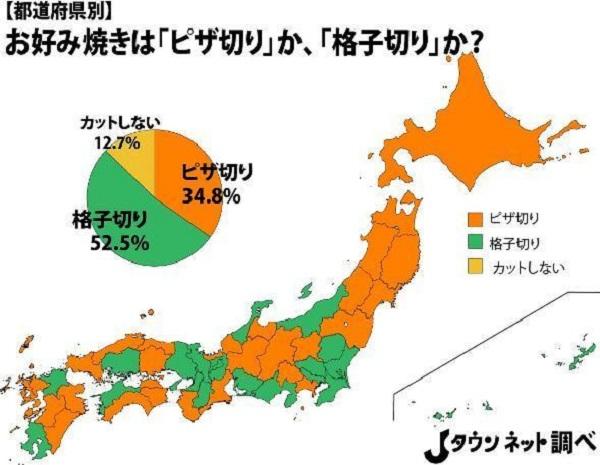
The reason why there are many pizza cutters in the Kanto region is because it is a well-established way of eating okonomiyaki that divides the okonomiyaki equally among several people. It is said that Tokyo's okonomiyaki has its roots in monjayaki, a style of okonomiyaki that was eaten by several people sitting around a griddle placed in a candy store or the like. Therefore, it is thought that the idea that okonomiyaki is to be shared by several people took root in the Kanto region.
Pizza slices are cut radially, so they are less likely to be unevenly sized than diced cuts. Since these characteristics were suitable for dividing okonomiyaki equally, pizza slicing spread mainly in the Kanto region. When making a pizza cut, first cut the okonomiyaki crosswise, and then cut it radially to make it uniform and neatly cut into pieces. Sharing is caring!
What to have Okonomiyaki with
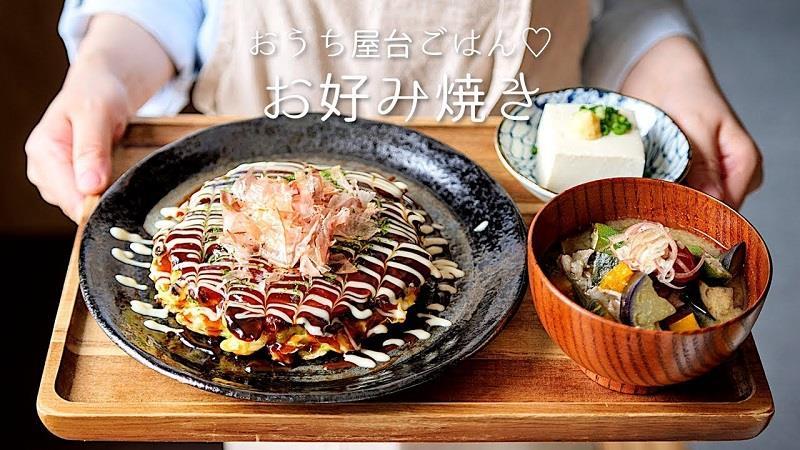
If you have plans of eating Okonomiyaki for dinner, then you can simply enjoy it with a light miso soup. Although, in restaurants, they are served with yakisoba noodles as well for additional taste.
FAQs
Q: How do you eat Okonomiyaki?
A: Just like the name of the dish implies, you can eat it anyhow you like. You can chop it into pieces with a spatula and eat them with chopsticks (or a fork and knife if that is easier).
Q: Can you reheat Okonomiyaki?
A: Okonomiyaki can always be reheated. You can keep your excess or leftovers in an airtight container/wrap in foil without the toppings and store in the fridge. It has to be consumed within 1-3 days (can last for a month in the freezer) and should be reheated in the microwave for 2 minutes before you eat.
Q: Can you eat okonomiyaki cold?
A: Technically, yes, you can eat an okonomiyaki cold. However, we wouldn't recommend it. There is nothing better than witnessing the dance of the fresh bonito flakes on a sizzling okonomiyaki, and to taste it fresh of the pan!
Where to eat Okonomiyaki in Osaka?
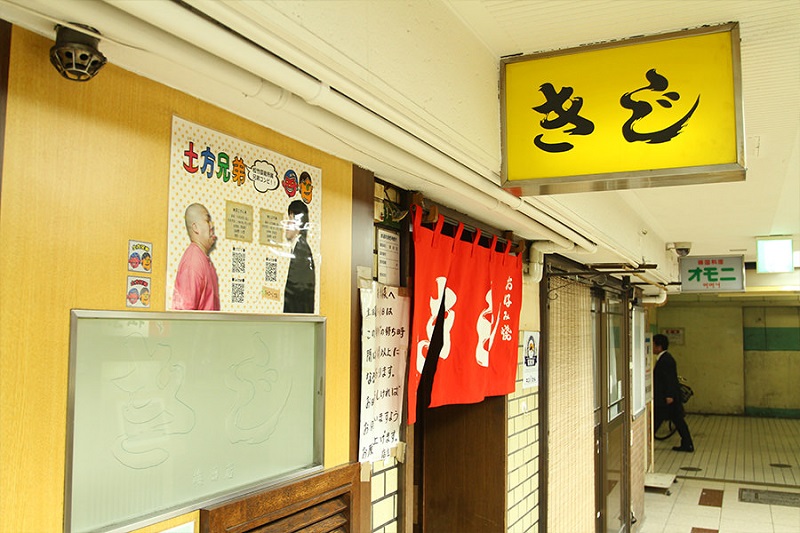
One of Osaka's hallmark foods, okonomiyaki is typically inexpensive, unassuming, and delectable. Unless you are allergic to gluten, you should try this. (However, there are still a few gluten-free options available!) You might be wondering how much does an okonomiyaki cost in Japan, and the answer is: it depends. But usually, a regular sized okonomiyaki without additional toppings should go around 1,000 Japanese yen. Of course, if you add extra toppings, or have a larger size, they can become more expensive quite fast.
Here are just a few of the many fantastic and welcoming restaurants in the city where we have our offices.
- Kiji (North Osaka; budget)
The Michelin Bib Gourmand-rated Kiji in Umeda is the best okonomiyaki restaurant in the city if you just have time for one. The long lines in front are proof of its delicious cuisine.
- Ajinoya (South Osaka; budget to moderate)
In close proximity to the Dotombori Arcade, Ajinoya is a Bib Gourmand okonomiyaki expert. It's one of our favorite places to try okonomiyaki, the national cuisine of Osaka, thanks to the quick, pleasant service and rich, excellent food. Recommended!
- Chibo (South Osaka; budget to moderate)
Chibo, one of the city's most well-known okonomiyaki eateries, is situated along the lively, busy Dotombori Arcade, and for good reason—the pancakes are fantastic. Don't worry about ordering; it's accessible in English.
- Jibundoki (Central Osaka; moderate)
Try this fantastic restaurant just a short stroll southwest of Honmachi Station for delicious and inventive okonomiyaki as well as various other foods cooked on a teppan (iron griddle). There shouldn't be any trouble locating it because the name is posted in English on the awning.
- Kyochabana Shin-Osaka Eki (Shin-Osaka Area; budget)
In Shin-Osaka Station, are you looking for a flavorful but healthy supper option? You can get inexpensive, delectable, and imaginatively prepared Japanese food with a Kyoto twist at Kyochabana.
- Mizuno (South Osaka; budget)
There is often a line outside Mizuno in Dotombori Arcade for their renowned okonomiyaki, which lives up to Michelin guide expectations and is well worth the wait. They also have options for vegetarians and gluten-intolerant customers, so you're not left out!
Now you know everything about Okonomiyaki! If you haven't already, checkout our article about Takoyaki, its little brother that is just as delicious and truly an Osaka classic!
This article was originally written by our freelance writer Umm-Kulthum Abdulkareem, and edited by us.



